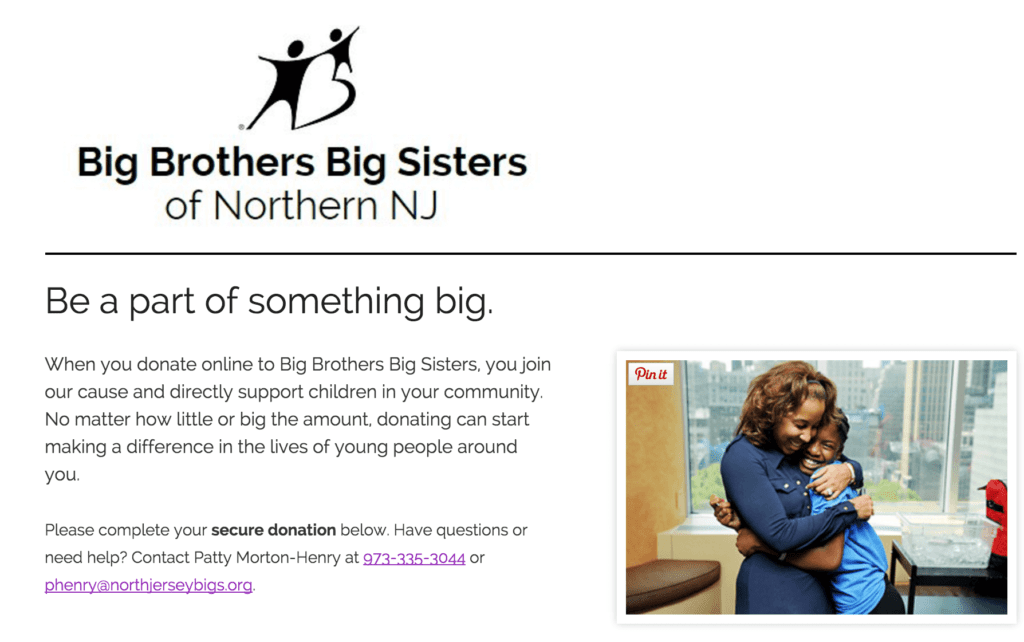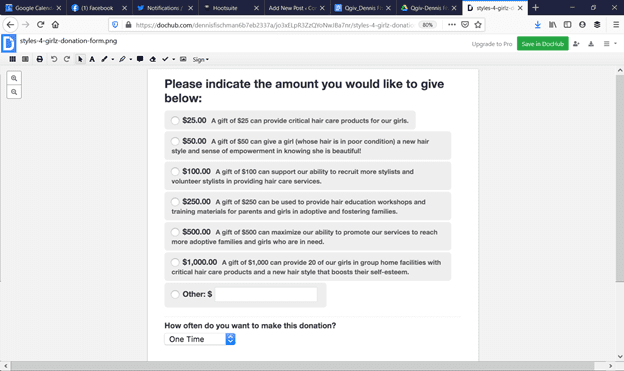Lots of nonprofits have been discussing the question of how you focus your donors’ attention on the person who needs the help without belittling that person or exploiting their story.
Do you make the donor the hero of the story, or the client?
Today, I got a mailing from the UNCF that is a good example of how to do both, respectfully–no exploiting involved.
The letter starts:
For many UNCF students, the goal is just a few months away—graduation!
But that same goal is also a few dollars away—the money needed to pay the final bills for tuition, housing, and fees.
No matter how hard they’ve worked, no matter how high their grades, no matter how bright their futures…
…a financial shortfall now can block them from graduating and prevent them from taking their places in the world.
Unless you can help.
Not exploiting: partnering
 See how the UNCF both holds the students up as people to be admired–and points out how the donors can make all the difference to them?
See how the UNCF both holds the students up as people to be admired–and points out how the donors can make all the difference to them?
Both of those things are true. Students are struggling to graduate against tremendous odds sometimes. They are the ones doing nearly all the work. The UNCF goes on to talk about one student, Robert Booker, and says to the donors, “Robert found a way…thank you!”
Because while the students are the ones doing the work, they’re also the ones who need a hand to make it over the finish line. That’s where the donors come in. At the crucial moment, they can make all the difference.
The UNCF is doing something noble here. It is not saying to the students, “Oh, poor baby.” It is not exploiting their sob stories to wring money out of emotionally manipulated people with checkbooks. It is giving donors an opportunity to become partners with the college students they admire.
You can do the same
I think you all can do the same thing when you’re writing about the people you serve. You can lead donors to identify with them and admire them and want to help as a partner.
For more liberal audiences, you can frame it this way: Nobody succeeds on their own. We all do our best, and we all get help along the way. For each of us, it takes a village to get anything done. Here’s a person doing their best, and here’ s your chance to live in their village.
For more conservative audiences, you could say: You’ve got to hand it to someone like this, who’s taking personal responsibility and working so hard to make it on their own. You can be the one who helps them take that final step to success. They’re not looking for a handout–just a hand.
Either way, you are complimenting the client, not exploiting them.
Heroes come in pairs
What would Batman be without Robin? How many times has Lois Lane saved Superman? How would we know about Sherlock Holmes without Dr. Watson?
Would you say any of them were exploiting the others?
Let’s give credit where credit is due. The student, the survivor of domestic violence, the formerly incarcerated woman who is using a computer for the first time, the visionary artist who’s finding ways to exhibit their art during a pandemic, the essential worker who’s trying to keep paying the rent…all of them are making heroic efforts.
But the donor need to know she is doing something great as well. One goes along with the other.
What “You’re my hero!” means
Let me tell you a personal story.
Years ago, my wife, Rona, and I were trying to figure out what to do. We were living in an apartment that we had originally rented from a friend at our synagogue, a lady in her mid-70’s, who was glad to have tenants she could trust.
Eventually, our landlord grew older. She decided she needed to live close to her children and grandchildren in a different part of the Boston area, half an hour away. She sold the house to the next-door neighbors (who had been eying the parking space behind it for years).
Our new landlords started raising the rent. We were not going to be put out on the street, but the budget got tight. Rona and I faced a choice:
- We could stay and watch the rent continue to rise.
- We could move somewhere else in town, but rents were rising there too.
- We could move out of town for cheaper lodgings, but lose our friends in town and our synagogue community and add hours to our commute each day.
What did we do? We bought a two-family house. Because Rona is a buyer’s broker in real estate, she knew where to look, what to do, and how much to pay. Because of her knowledge, we made the choice that would keep us in town and (as it turned out) give us a home and a rental income for the rest of our lives.
I said to Rona, “You’re my hero!” That wasn’t taking anything away from my own worth. It was an honest admiration of her ability that let us achieve our goals, in a way I could have never have done on my own.
Don’t be afraid of telling the donor, “You’re my hero!” Because the client can be the hero too.



